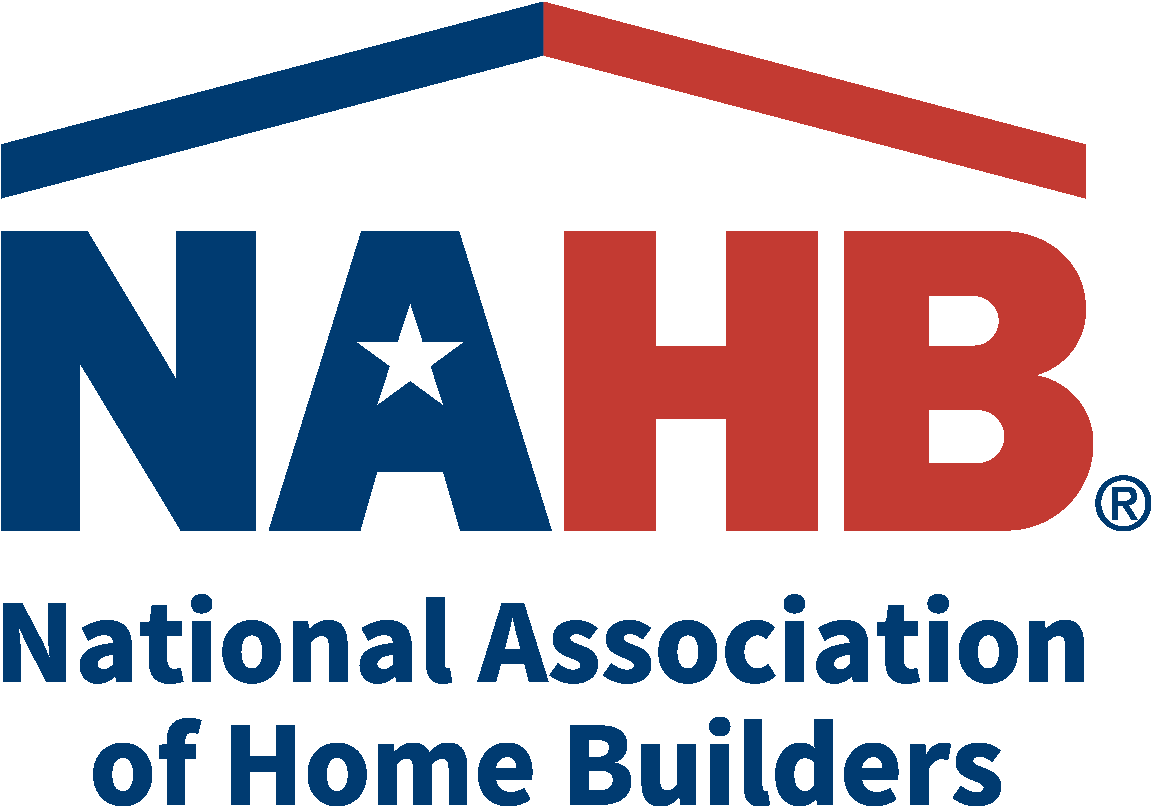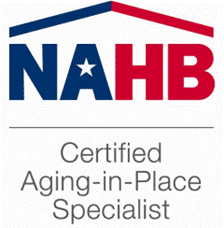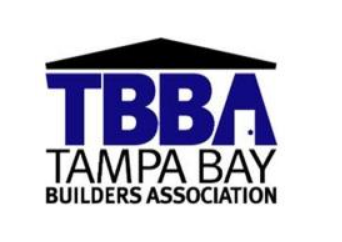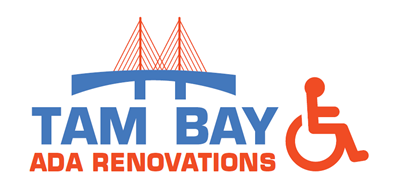Resources
Some additional helpful articles :
Aging in Place Home Technologies | HGTV
Aging in Place: Growing Older at Home | National Institute on Aging (nih.gov)
Your Home Checklist for Aging in Place (aarp.org)
Helping a Loved One Live Independently at Home (aarp.org)
How to Be an Effective Advocate for Your Aging Parents (aarp.org)
Home Improvement Grants - Funding for Your Dream Home Renovations (yourconsumerinsider.com)
What steps can I take to ensure my home is accessible?
Each Aging-In-Place or ADA remodel is unique, as it's tailored to the layout, amenities, and specific needs of your home. During your consultation, our team will collaborate with you to develop a personalized plan that addresses your requirements and preferences.
What are the steps involved in remodeling your home for Aging-in-Place?
While 77% of adults aged 50 and older desire to stay in their homes for the foreseeable future, a staggering 71% acknowledge accessibility challenges both indoors and outdoors. An Aging-in-Place remodel aims to tackle these issues head-on, ensuring you can confidently remain in your home for the long term.
Here are several common projects for an Aging-in-Place remodel:
How do you remodel your home to be handicap accessible?
To remodel your home for handicap accessibility, adhere to the guidelines
outlined by the American Disability Act for ADA compliance. These may include:

Example of Tam Bay
ADA Renovations for your home
Ready to see some examples of highly functional, beautiful remodels?
Browse below to see the different accessibility remodels completed by
Straight Line Construction.











